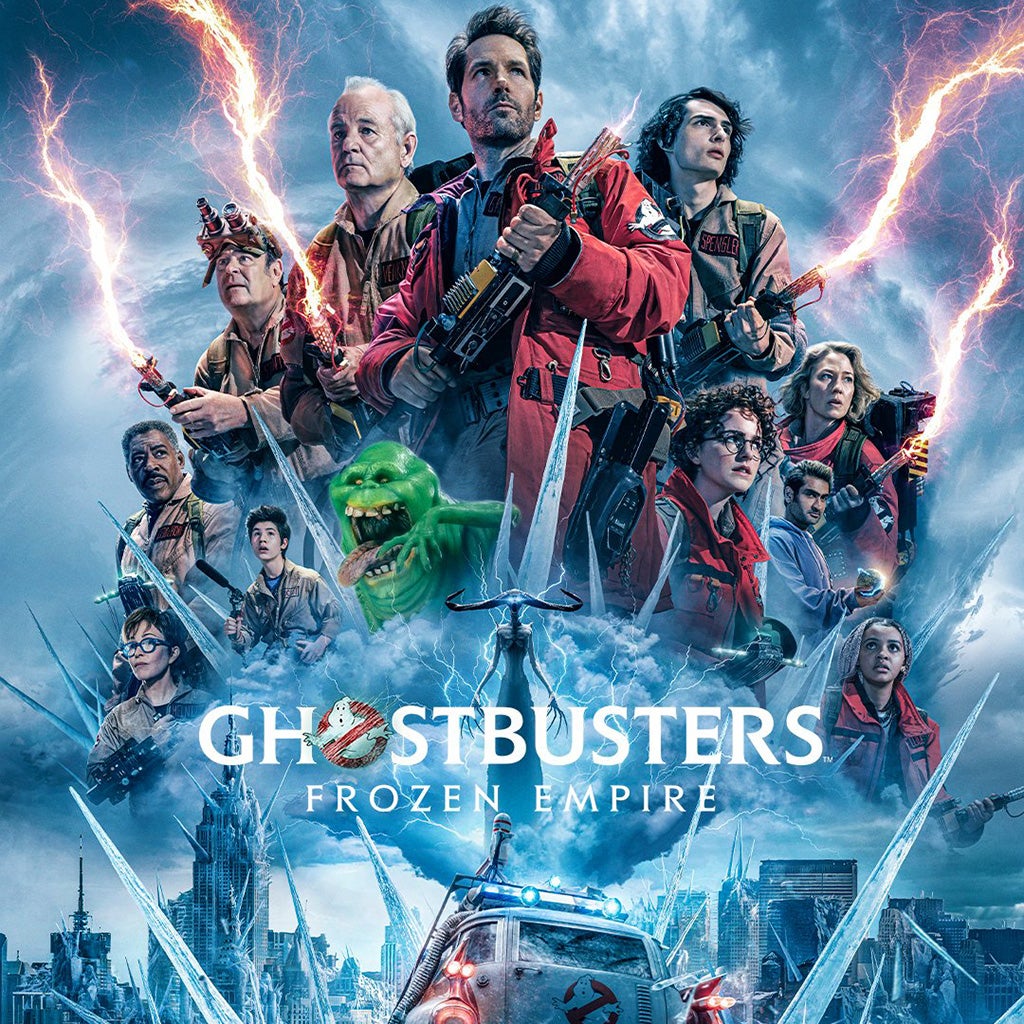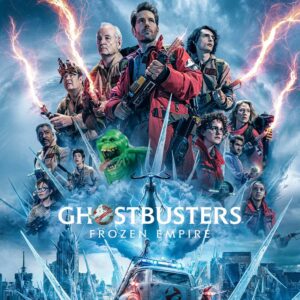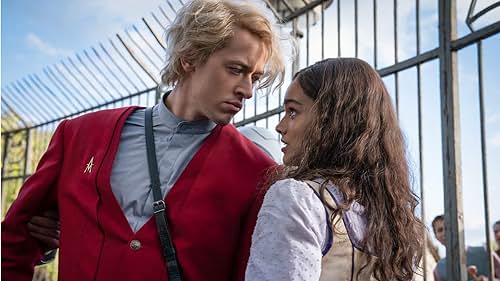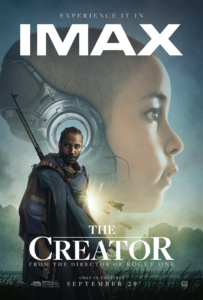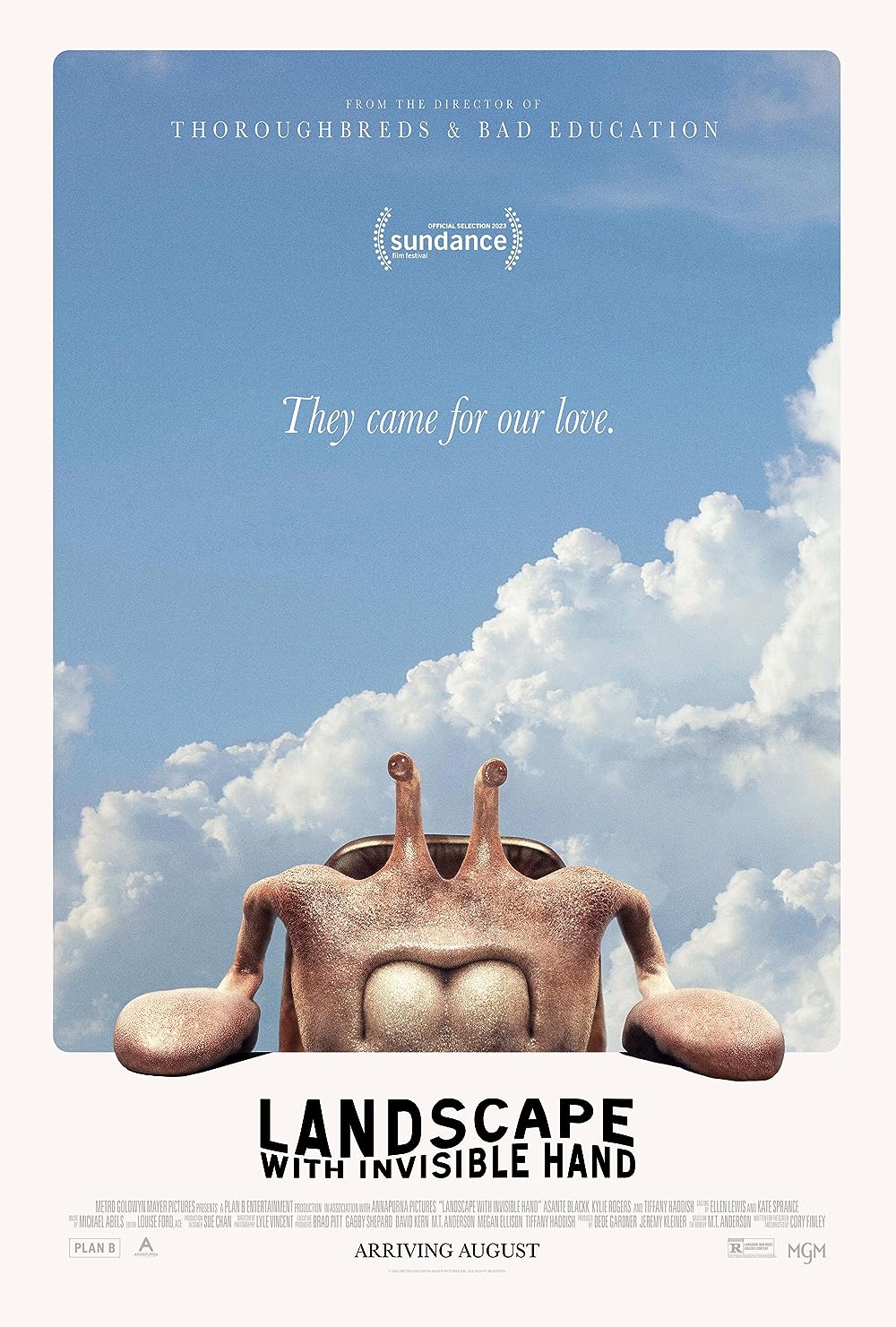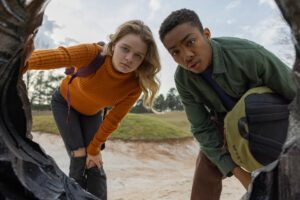Kingdom of the Planet of the Apes
Posted on May 9, 2024 at 11:37 am
B-| Lowest Recommended Age: | Middle School |
| MPAA Rating: | Rated PG-13 for intense sequences of sci-fi violence/action |
| Profanity: | Brief strong language |
| Alcohol/ Drugs: | None |
| Violence/ Scariness: | Extended and intense peril and violence, beating, sling-shots, taser-like spears, explosion, flood, marauders, characters injured and killed |
| Diversity Issues: | A metaphorical theme of the movie |
| Date Released to Theaters: | May 10, 2024 |

Know going in that this is the kind of movie where the humans are mute, cognitively impaired, and yet the main human character wears tailored pants and a woven shirt that look like they came from the mall. This should not be a surprise as it is also the kind of movie there the title is, at best, paradoxical, as a planet is bigger than a kingdom and in any even the kingdom in this story is only a small part of the planet. So shouldn’t it be “Kingdom ON the Planet of the Apes?” Of all the suspension of disbelief required for the film, the idea that complex machinery would operate as intended after hundreds of years — well, that idea procured intended laughs in Woody Allen’s “Sleeper” and unintended laughs in “Battlefield Earth.”
Know, too, that, for anyone who is trying to keep track of the “how does ‘Tokyo Drift’ fit into the chronology”-type questions about the original series of films, the television show, and the Tim Burton-and-after movies, this one takes place a long time after the death of legendary character Cesar, who sacrificed himself, and, possibly, before the Charlton Heston original. Maybe.
Noa (Owen Teague) is a young, male ape who lives in a gentle clan with his parents and two best friends. We first see them preparing for a coming-of-age ritual. Each of them must find an eagle’s egg (but always leaving one in the nest), and bring it back safely. The clan is centered around their trained eagles, and Noa’s stern father is their leader. Noa struggles to get his father’s approval. We see that they have some signs of what we think of as human civilization, in addition to the rituals. They have built some simple structures as homes, they ride horses, they obey the rules of the clan, and they have adornments and some tools and simple weapons, like slingshots. Also, as mentioned above, that most human of attributes, daddy issues.
A marauding group of apes arrive, with more powerful weapons, including spears with taser-like points. They destroy the compound, kill Noa’s father, and capture everyone else, except for Noa, who manages to escape, vowing to find his clan and get revenge. He meets up with Raca (the deep, kind voice of Peter Macon), a follower of the lessons of Cesar. And they meet up with a human woman they call Nova (Freya Allan) — cue the jokes about how humans are slow-witted and smell bad.
They try to drop Nova off with a group of humans (note: none wearing pants and a shirt), but the same marauding apes arrive to capture the humans like cowboys capture mustangs or, in “The Time Machine,” the Morlocks capture the Eloi. It turns out Nova has some secrets.
She and Noa are themselves captured by the apes, they find themselves in the kingdom of Proximus (Kevin Durand), a tyrant who, like the male humans of our time, is obsessed with Ancient Rome. They live on what was once a human stronghold, and Proximus is determined to break into the vault, to get access to whatever it was the humans were so intent on protecting.
I suspect we may hear some people claim that this film is intended as a metaphor to illuminate some of the most divisive topics of our era — colonialism, immigration, xenophobia, the way we tell our history. That gives this film too much credit, but the way both Raca and Proximus claim to be the true heirs of Cesar’s authority, with very different interpretations of his message, should resonate with viewers.
We are mostly there for the special effects and action scenes, though, and those are vivid and effective. The settings are stunning and the motion capture and CGI are next-level, giving the ape characters real weight and their expressions, well, expressive. As one of the most enduring series in history moves, potentially, toward the time of the very first film, the questions remain: whether humans and apes can find a way to co-exist, whether technology can advance without causing great harm and existential threats, and whether humans or apes can ever find a way to overcome fear and greed to work together for the common good.
Parents should know that this movie includes extended peril and violence. Characters are injured and killed and there are some graphic and disturbing images. Characters use brief strong language (a human teaches it to the apes, of course).
Family discussion: Why did the clans have such different cultures?
If you like this, try: the other movies in the series and the original films with Roddy McDowell, Kim Hunter, and Charlton Heston


